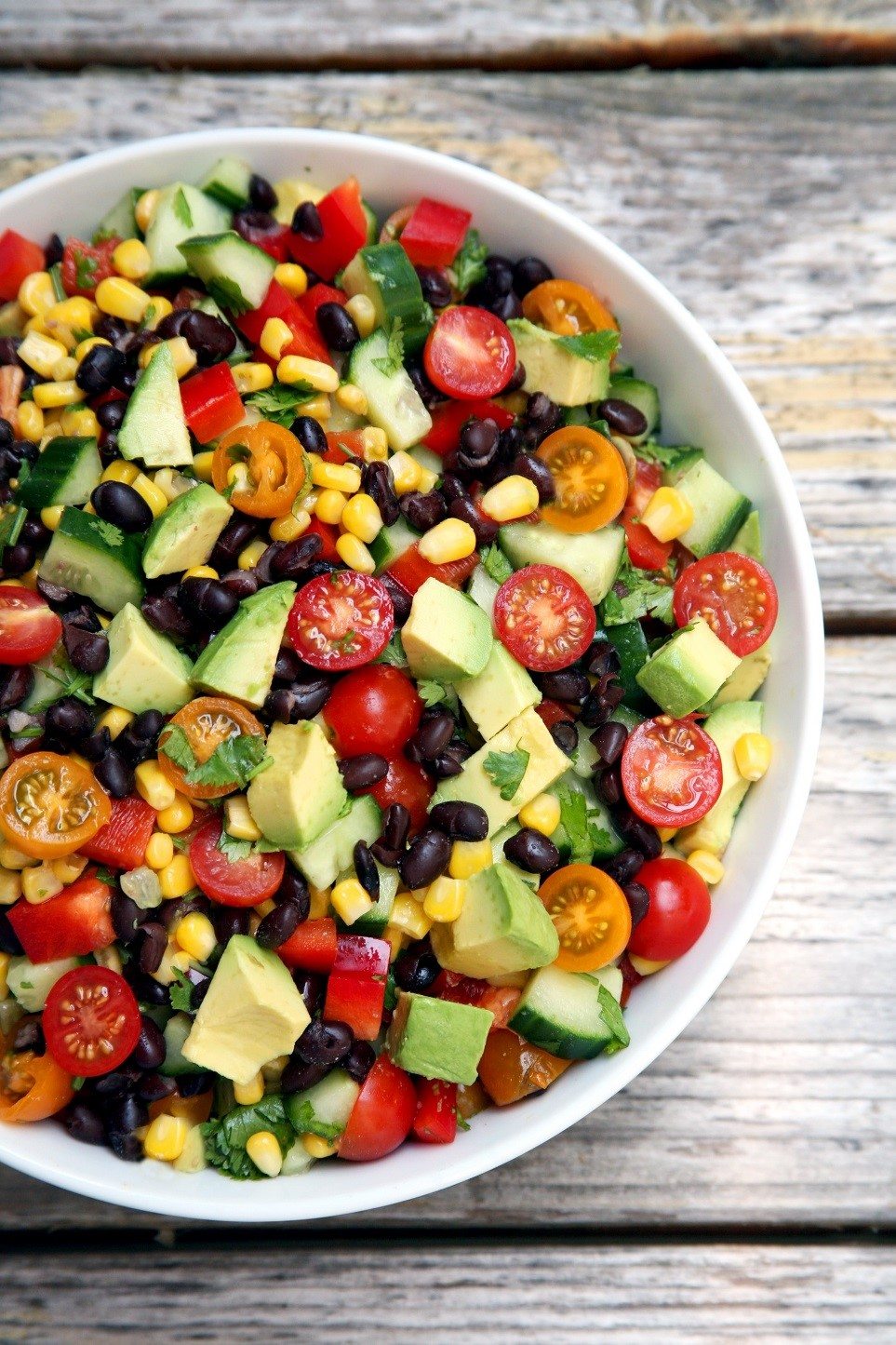10 Amazing Facts About Your Heart
Your heart isn’t only your most critical muscle — it’s what keeps you alive, after all — but also one of the hardest working. It ticks 24/7 and except for the times when you’re relaxing or sleeping, it rarely gets a break. Below, find fascinating facts about your heart that might inspire you to give it a little more TLC every day.
- Your adult heart beats about 100,000 times each day. Do the math, and that’s at least one beat every second, or 60 to 100 times a minute. For people whose heart rate is closer to 60 beats per minute (bpm), that’s about 86,000 times a day. And it’s 144,000 times a day if your heart rate, is closer to 100 bpm.
- Age and fitness level affect your heart rate. Generally, as children grow or adults get fitter, the heart rate gets slower. See how it changes throughout the decades with this chart from the National Institutes of Health:
- Newborn (0 to 11 months): 70 to 160 bpm
- One to four years: 80 to 120 bpm
- Five to nine years: 75 to 110 bpm
- Children 10 years and up and adults (non-athletes): 60 to 100 bpm
- Adults (athletes): 40 to 60 bpm
- Heart disease isn’t only the number one killer of men, it’s also the top killer for women. Your heart doesn’t care if you’re from Mars or Venus. “Heart disease is an equal opportunity buzz kill,” says James Beckerman, author of Heart to Start (2015). More women die of heart disease than from most cancers combined, notes Dr. Beckerman.
- Want to know how big your heart is? Make a fist. Heart size depends on the size of the person as well as the condition of their heart. Generally speaking, a healthy heart is about the size of the person’s fist.
- Your heart rate drops while you sleep. At night, it’s common for heart rates to drop below 60 bpm. Some people even have rates in the 40s while sleeping. Why? It’s because your metabolism slows and the parasympathetic nervous system, which slows your heart and relaxes you, is more active.
- Heart attack symptoms are different in men and women. Although heart disease is an equal opportunity disease, symptoms of heart attack show up differently in men versus women. Whereas men often report crushing chest pain, sweating and nausea, women might instead experience shortness of breath, dizziness, lightheadedness or fainting, pain in the lower chest or upper abdomen, and upper back pressure.
- Your activity level is the greatest potential risk factor for heart disease. People with low fitness levels have double the risk of heart disease as their more active counterparts. We recommend logging at least 150 minutes of moderate-intensity exercise, or 75 minutes of vigorous activity, or a combination of the two, every week. The good news is, whether you’re on the treadmill, in the weight room, or in a yoga studio, your heart benefits from every type of activity. And 80 percent of heart disease is preventable with healthy lifestyle choices and management of risk factors. Other ways to lower heart disease risk include quitting smoking, controlling cholesterol, eating better, managing blood pressure, losing weight, and reducing blood sugar.
- Excessive amounts of sitting have been linked to an increased risk of heart disease. You may have heard that sitting is the new smoking. Numerous studies show that spending most of the day on your duff has been linked to chronic health conditions, including heart disease. When we’re more active, even with smaller movements like when we stand or shift from side to side, our muscles turn on genes that create chemicals and proteins that not only help us process blood sugar and cholesterol more efficiently but also create a healthier atmosphere in the walls of our blood vessels. That then leads to a lower heart disease risk, which is why you should stand up and move around at least every hour for a few minutes.
- Your heart is one giant pump. Every minute, your heart pumps about five quarts of blood through a system of blood vessels that’s over 60,000 miles long. That translates to about 2,000 gallons of blood every day
- Your heart is one giant pump. Every minute, your heart pumps about five quarts of blood through a system of blood vessels that’s over 60,000 miles long. That translates to about 2,000 gallons of blood every day
Calorie Burn
A half hour on a stationary bicycle helps up your daily calorie burn. Burning a greater number of daily calories means that you will have an easier time managing your weight. If you go at a moderate pace for 30 minutes and weigh 155 pounds, expect to burn about 260 calories. If you weigh more, or work at a higher intensity, you’ll burn even more.
Joint Friendly
Many types of aerobic activity, such as jogging or team sports, can be hard on your joints because of the impact involved. A stationary cycle enables you to get your heart pumping without putting undue stress on your joints. The Cleveland Clinic notes that a bike is especially good for people who are more than 50 pounds overweight because it reduces mechanical stress on the back, hips, knees and ankles — even when compared to walking. You can indulge in daily exercise with a lower risk of injury.
Cardio Benefits
Riding a stationary bicycle counts as cardiovascular exercise. Regular cardio exercise helps lower high blood pressure, regulates blood sugar and may prevent heart attacks, especially if you’ve already suffered from one. According to the Mayo Clinic, regularly riding a stationary bike helps your heart become more efficient at pumping blood. It also increases the amount of good cholesterol while lowering the amount of bad cholesterol in your system to result in less plaque build-up in your arteries. The simple act of riding a stationary bicycle 30 minutes a day, five times per week may even extend your life.
Strategy
Gradually work up to longer rides if 150 minutes per week is too much to start with. Although riding a stationary bicycle is an effective cardiovascular activity, consider cross training with another activity once or twice per week to challenge different muscles and prevent burn out. The elliptical trainer or swimming laps are examples of other low-impact activities that can also help you burn calories and improve heart health
Source: http://livehealthy.chron.com/health-benefits-routinely-riding-stationary-bike-1809.html

Healthy Living Tip
Experiment. The best way to know what works for you is to experiment. Rather than subscribe yourself to one diet, try different foods and see how your body responds. Most importantly — research and tweak your diet based on what you learn and enjoy!
Healthy Transformations

| Ingredients | |
| • | 2 tsp lemon juice |
| • | 1 Tbl vinegar, red wine |
| • | 4 egg whites, hard boiled |
| • | 2 cups lettuce, iceberg |
| • | 2 medium tomatoes |
| • | ½ cup beans, garbanzo |
| • | ¼ cup cucumber |
| • | ¼ cup carrots |
| • | ¼ cup mushrooms |
| • | ¼ cup onion |
| • | 2 tsp oil, canola |
Spices / Flavoring |
|
| • | ¼ tsp salt, lite |
| • | ¼ tsp black pepper |
| • | ¼ tsp dried basil |
| Preparation: Hard boil eggs, remove eggs from shell, slice in half, and discard egg yolks. Set egg whites aside.Mix lemon juice, vinegar, and oil (and seasonings, as desired) to make a dressing. Toss with chopped vegetables and remaining ingredients. Garnish with sliced egg whites. Enjoy! |
Per serving: 351 calories, 27g protein, 11g total fat, 36g carbohydrates.
Source: Healthy Transformations Recipes









